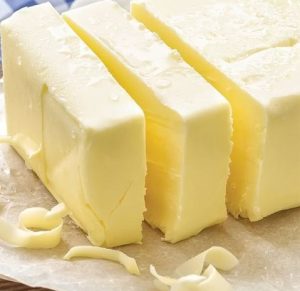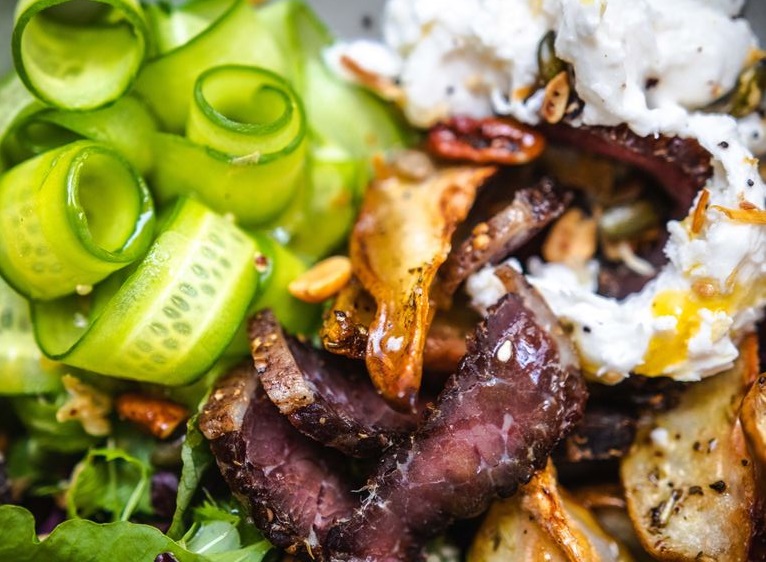
When it comes to baking cookies, cakes and even pastries, the creamy goodness of butter provides a rich flavor that’s tough to beat. So, when a recipe calls for butter, here are some common substitutes and things to know about each that can help achieve the creamy taste and texture you enjoy.
Margarine
Margarine is possibly the most-used butter substitute for baking cookies, cakes, doughnuts or just about anything else for that matter. Margarine can be used in the equal amount of butter a recipe calls for. Margarine actually helps cookies keep their shape slightly better than butter, so if the shape of your cookies is really important to you, consider this butter substitute.
Shortening
Like margarine, shortening is a smart butter substitute when baking. It can be used in the same amount as butter called for in a recipe, but unlike margarine, it lacks flavor (and water), so bakers will often add a bit more. (But if you have buttered-flavored shortening, you’re golden!) The lack of water also means extra tender and soft baked goods.
Olive & Vegetable Oil
Olive oil is a favorite fat to use because of its naturally rich taste and healthy unsaturated fat profile. Due to its savory and sometimes spicy flavor, it’s best used in bread, certain muffins, pot pie, or meat pie crusts and biscuits. Choose a light olive oil for a more neutral taste or extra-virgin olive oil for a more robust flavor. Try ¾ cup olive or vegetable oil for every cup of butter called for.
Coconut Oil
When you’re out of butter, swap in coconut oil in equal amounts for nearly any baked good. Not only does coconut oil give sweets a little tropical flair, but it’s a great butter substitute for cakes, brownies, quick breads, muffins, corn bread and yeast breads. It’s one of few butter substitutes that makes cookies crunchy. If you don’t want too much coconut flavor, use refined coconut oil.
Applesauce
Applesauce not only replaces butter in recipes, but it also adds additional natural sweetness if you’re looking to cut down the added refined sugar. The cooked and pureed apples add structure and moisture to baked goods, plus extra fiber that helps bind water, keeping it in the baked product. Choose the unsweetened version to keep the calorie load at a minimum.
Pumpkin Puree
If you love pumpkin, swap it in for the butter in your treats. Multiply the amount of butter in a recipe by ¾, and you’ll know how much pumpkin puree to use. (In other words, if a recipe calls for 1 cup of butter, you’d use ¾ cup of pumpkin in its place.) It’s both a fat and a sweetener for quick breads, cakes, cupcakes, bars and cookies. Remember that pumpkin will change the color of your cookies (hope you like orange!) and yield a dense product.
Greek Yogurt
Greek yoghurt is a dairy-based nutritional powerhouse that is excellent eating as is, yet even better adding to baking recipes. There are even non-fat options so that you only get a dose of protein. However, the whole milk version will give the softest baked goods since there is still fat being added. It works well to add moisture and structure for quick bread and cakes.
Bananas
Fix your cookie craving with a mashed banana. Your cookies will be a bit dense and, of course, offer a slight banana flavor, but this is a smart, healthy option when you’re out of butter. Bananas are also great butter substitutes for cakes, cupcakes, muffins and quick breads. In general, one banana is equal to a stick of butter so replace the butter in equal amounts of mashed banana.
Whether salted or unsalted, butter can’t be beat when it comes to baking cookies and other treats. But the next time you have a snack attack and don’t have any butter around the house, grab a glass of milk and bake up a batch of yumminess with a no-fuss butter substitute.









